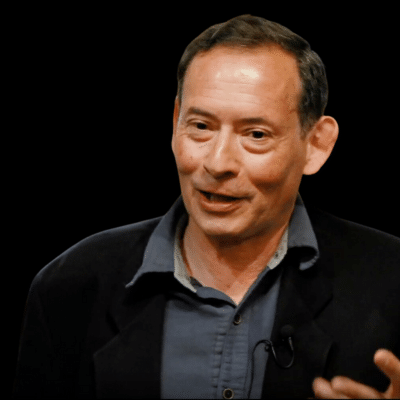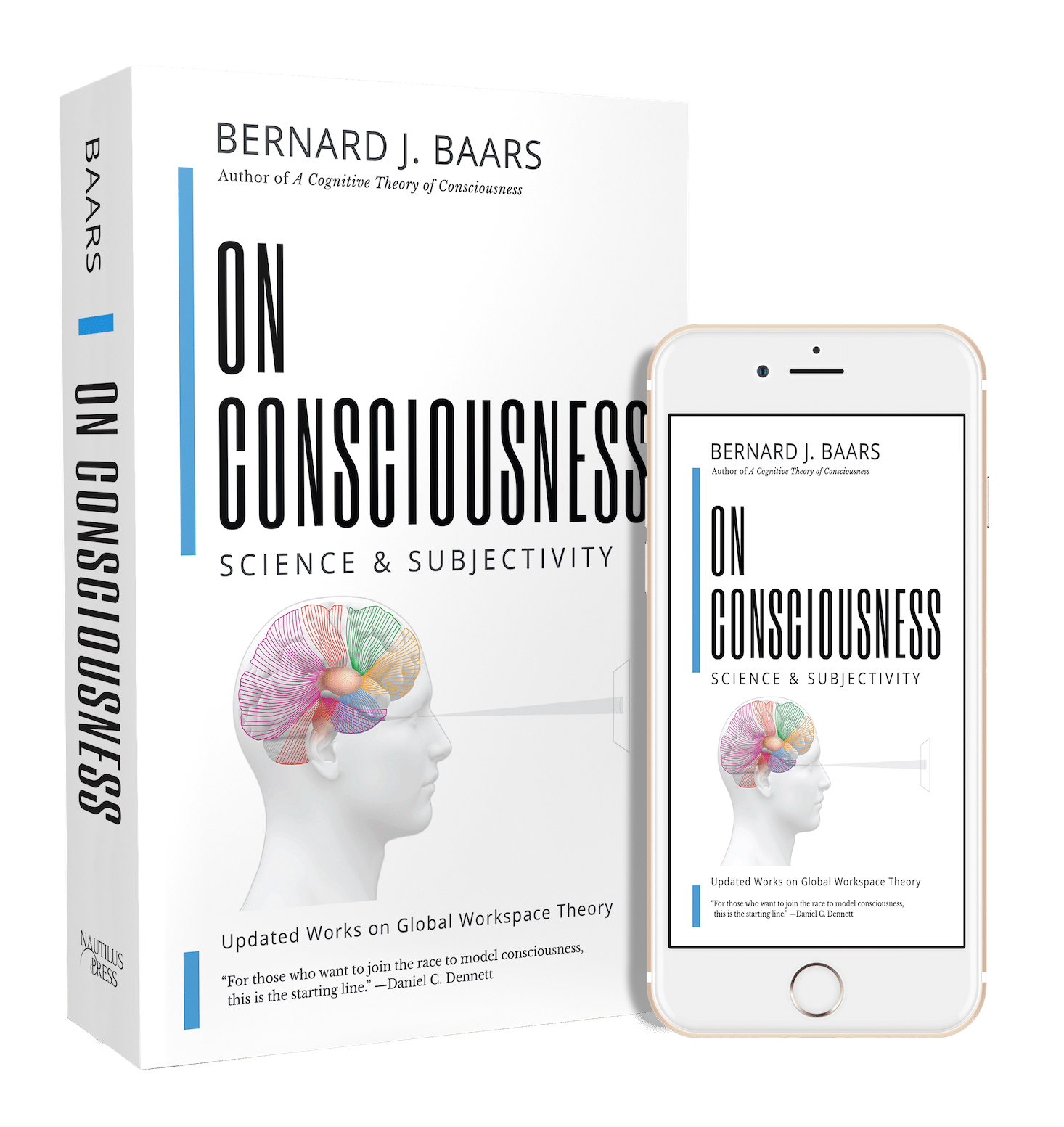What To know

Develop Expertise In
Psychology, Neuroscience, Paleoanthropology

Shareable Certificate
Add to LinkedIn profile & resume

English
With downloadable transcripts & PDFs of assigned reading

Psychology, Neuroscience, Paleoanthropology

Add to LinkedIn profile & resume

With downloadable transcripts & PDFs of assigned reading
This well established chain of inference strongly suggests that consciousness is not rare, it is not confined to human beings, and its evolutionary history and phyletic breadth across numerous animals is very great indeed. Neurobiologists have been telling us this very clearly, which we will explore together in rich detail.
In these seminars and media-rich lessons, you will examine scientific evidence for animal consciousness, and the exciting possibility of consciousness outside of humans and mammals. Since we know more about humans than any other animal species, we start with human beings as a benchmark.
Humans can give us accurate reports about their conscious experiences, and other animals can do similar tasks. All these animal species also show similar sleep-waking cycles. This view reflects the thinking of many scientiThe most ancient kinds of consciousness are plausibly sensory, beginning with the olfactory and taste senses and emerging in mammals with vision, hearing, and body touch. These conscious senses constantly interact with corresponding motor systems so that we can talk about sensory-motor consciousness, which leads to voluntary control of waking actions.sts.
This course is for you if you are interested in, or teach, or study: Medicine, Cognitive or Clinical Psychology, Cognitive Neuroscience, Evolutionary Science, Contemplative Science, Animal & Veterinary Science, Neuroscience and Education, Health Education, or Philosophy.
Scientists are taking a new look at animal consciousness. Here we will see why the evidence now supports animal consciousness.
We set forth a framework for such an investigation that incorporates integration of data from neuroanatomy, neurophysiology, and behavioral studies, uses evidence from humans as a benchmark, and recognizes the critical role of explicit report of conscious events in consciousness studies.
Video 3 Min + 28 Min assigned reading to complete
Conscious brains have only been observed in the earth’s biosphere. This is important. It means that we have no direct evidence of consciousness in outer space. The most ancient kinds of consciousness are plausibly sensory, beginning with the olfactory and taste senses and emerging in mammals with vision, hearing, and body touch.
Humans are the most obviously conscious species because we can share conscious information with each other. Therefore, humans are our “model species” by which we can plausibly judge other species. In mammals, the cortex and thalamus are the two crucial brain structures that appear to support conscious experiences.
5 Videos: 21 Mins + 25 Min reads + 4 Quizzes
Our conception of consciousness in other animals have been profoundly shaped by the classical work of biologists like Gerald Edelman, Walter Freeman, Francis Crick, E.R. John, Karl Pribram, and Ann Butler.
The evident role of the cortex poses rather dramatic questions, because the cortex has a very ancient evolutionary ancestry.
Is some kind of consciousness very ancient?
2 Videos: 11 Min + 15 Min reads to complete + 2 Quizzes

8 Videos: 50 Mins + 64 Min reads to complete + 8 Quizzes





Psychobiologist, FAU

Neuroscientist, Dartmouth

eBook with Registration